The Nose Knows
 NOSES
NOSES
Our nose is part of the respiratory system in our body. There are different kinds of respiratory systems in different kinds of life such as in a person (lungs), a fish (gills), a plant (stoma) or an amoeba (cell wall). There are many different shapes of noses located in different places on a body with different abilities to smell.
Our nose allows us to breathe air, it aids in digestion, speaking and smelling. The organs of smell are the nasal cavity, sinuses, hard palate, soft palate, epiglottis and the windpipe (trachea). Our nose is our first air filter and moistens and warms the air. The nasal cavity is a good humidifier and gets moisture from mucus, tear ducts, and sinuses. The blood in the membrane of the nasal cavity warms the air. The hairs and bony ridges trap the largest particles.
The epiglottis is protection for the respiratory system and is a trap door at the root of the tongue that closes over the trachea and keeps us from choking or breathing in food. The soft palate closes off the nasal cavity.
There are mucus glands in the wall of air passages and cilia that trap dirt and try to move it out (1 inch a minute) – as mucus making buggers. HAIRS grow in the nose and help filter dust from getting in lungs. The bronchial tree has mucus membranes that produce sticky mucus that traps smaller particles. Tiny cilia sweep the mucus to the mouth and nose to be swallowed, coughed up, or blown or sneezed out.
SMELL
Smelling is one of our five senses. How does smell affect us? A pizza smell can make your mouth water and start digestive juices, or smoke can warn us of a fire or something rotten we shouldn’t eat. Sense organs contain double-ended receptor cells. The receptor cells in the nose collect information and send electrical signals to the brain where they are converted to information and knowledge. Smell comes from the chemical particles in the air. Some animals and Insects can smell for miles. People have a very poor sense of smell.
What makes up our nose? 2 Nostrils separated by septum of cartilage, mucus glands and cilia (hairs). There is a postage stamp size area of receptor cells in roof of the nose that sends signals from olfactory rods in the mucus to olfactory BULB and to brain. For us to smell something, a signal from a receptor cells in the nose travels to the olfactory rods of mucus to the olfactory bulb (above the roof of the nasal cavity) and is sent to the brain – the cerebral cortex for perception.
Odors stimulate the brain to respond automatically affecting other systems. Food odor stimulates appetite / saliva. Disagreeable odors may produce gagging and vomiting. Our sense of smell helps taste buds to warn you of spoiled food. If you want to identify how something smells you give it a little sniff.
Do you have a NOSE? How many? We have one nose and 2 NOSTRILS or NARES. Do you have a snout? What has a snout, a muzzle, a trunk, gills, or blowhole? Let children answer and show them some pictures or toy examples of animals with different noses. Remind them that plants breathe air too! You can show them the picture of the stoma on the underside of a leaf.
What do noses do? Where are noses located?
1. They are a PASSAGE for air. We breathe 15 times a minute. Our body loses heat and water with each breath. We see the moisture in our breath when the air outside is cold.
2. MOISTENS the air
3. FILTERS the air
4. SMELLS the air. Smells come from chemical particles in the air. Some animals and insects can smell for miles. Ex. Dogs
The Nasal Cavity amplifies sound along with the throat, mouth, and sinuses. Noses of some animals push, pull, lift, reach and root for food.
ANOSMIA is odor blindness.
Objectives: Children will know that animals have different kinds of noses for breathing and some of them use them for other things too.
Children will know that plants also breath air through stoma in the leaves
Children will know some of the ways our nose helps us.
Children know that a signal is sent from the nose to the brain for identification.
Model of the nose
Materials: Models of animals with different noses.
ex. Bird, elephant, anteater, pig, fish, whale, camel, seal.
Picture of stoma in leaf
Chart showing nose and respiratory system
Make some smelling bottles with cotton balls and oils or powders or plants like lemon, mint, chocolat, vanilla, lavender etc.
(Remember scratch and sniff books!)
NOBODY CHOSE HIS NOSE
EACH IS DIFFERENT AS YOU MIGHT SUPPOSE
BUT WHATEVER THE CASE, IT’S THERE ON THE FACE,
AND NOW YOU KNOW ALL THE NOSE KNOWS!
Take a look at the noses of a few other animals!



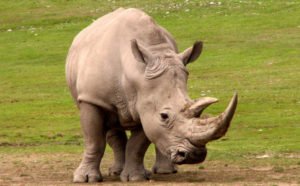
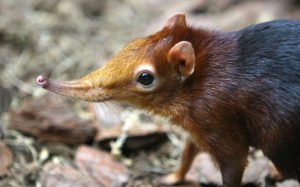


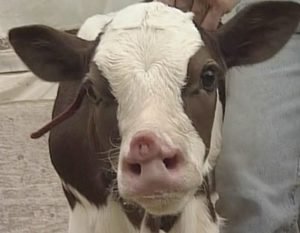

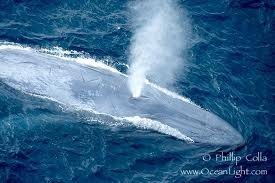
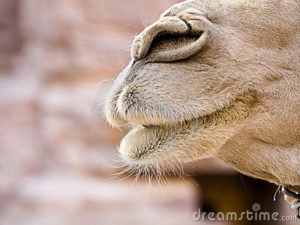

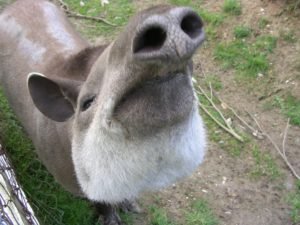

 NOSES
NOSES













